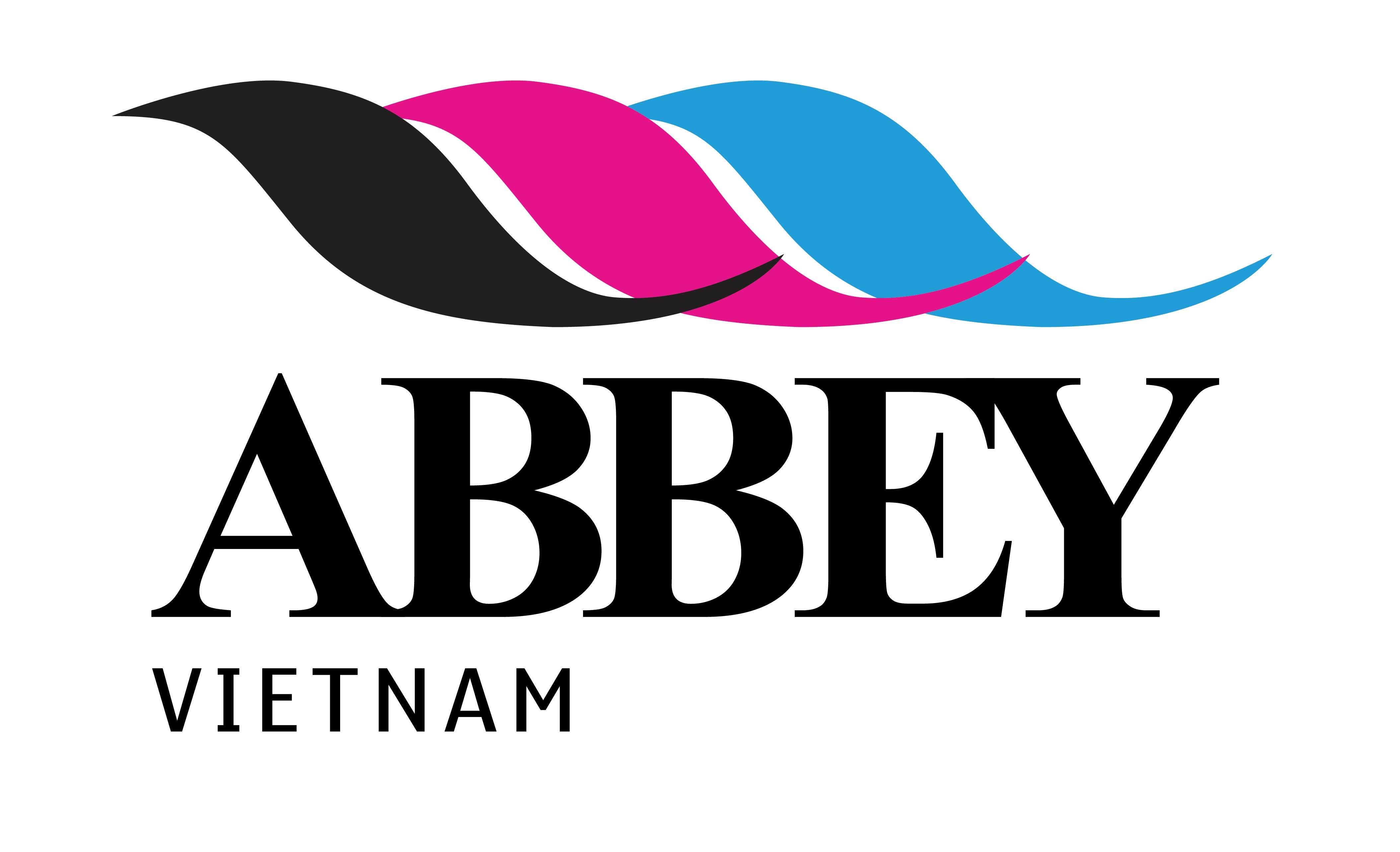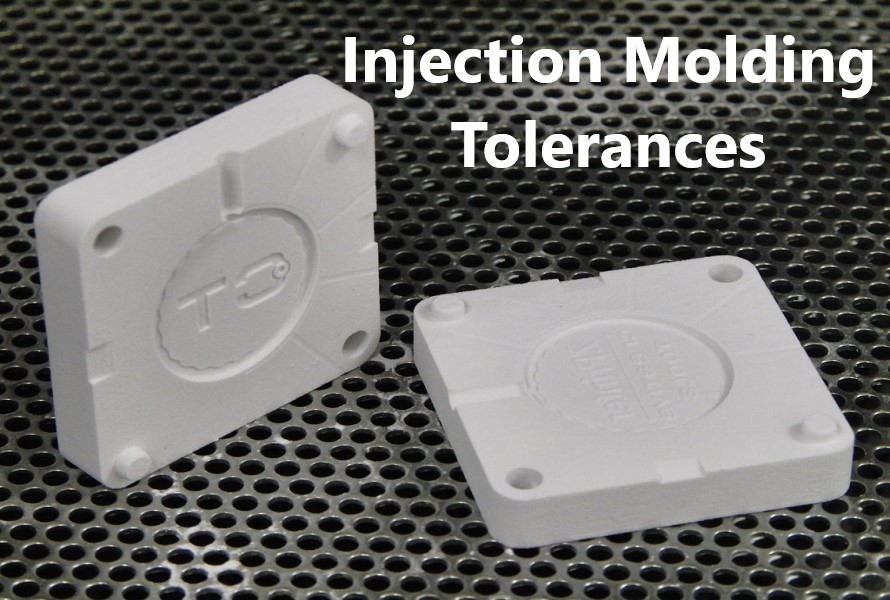Are you searching for standard injection molding tolerances? This article will explain all you need to know about the topic. Follow along!
Injection molding is one of the most popular production technologies used in different industries. Knowing the standard injection molding tolerances will help you produce the parts with high preciseness and dimensional consistency, especially when you need to deal with high production volumes of the components applied in larger assemblies.
Our article will explain what plastic injection molding tolerances are, what determines them, and how to optimize them. Scroll down for more details right now!
1. What are Injection Molding Tolerances?
Injection molding tolerances refer to the acceptable variations in size for the overall dimensions and features of the manufacturing parts. They are indicated by the plus or minus (±) values in inches or millimeters. The value may change depending on the materials’ types and the parts’ overall size.
While designing, designers will add this information to inform the injection molders about the acceptable variations. Parts with tighter tolerances often cost more expensive as they require stricter tooling and processing.
Mold quality, cavity fill rates, and consistent cooling temperatures are important factors during manufacturing. The process repeatability usually varies, even if you use the best injection molding machines. Plus, the higher the shrink rate of the plastic, the harder it is to control the tolerances.
2. Standard Injection Molding Tolerances
Depending on the usage purpose of the final products, the standard injection molding tolerances can be varied. Some require tighter variations than others. For example, the value of ±0.025 mm is often seen in injection molded medical parts, while it’s typically ±0.1 mm in ome consumer products.
3. Types of Injection Molding Tolerances
Below are the common tolerance types often used in the guidelines for injection molding.
- Dimensional
Dimensional or the overall sizing of the part is important. When the part size increases, it will enlarge the shrinkage during cooling. This change is called dimensional tolerances. Therefore, the injection molding tolerances are listed for specific size ranges.
- Straightness/flatness
It refers to the general warping of large, flat areas. The mold design features, including uniform cooling and gate location, can help decrease the warpage.
- Hole diameter
Larger holes usually have increased shrinkage, thus requiring a larger tolerance range.
- Blind hole depth
The mold needs to have cantilever-type features to manufacture blind holes. When the plastic is injected at high pressure to create the holes, it’s possible for the pin inserts to deflect. If you have a deeper hole, you’ll more likely face deflection.
- Concentricity or ovality
The uneven shrinkage on the thin wall of a large cylindrical part can cause the part to lose its circularity.
4. Tips on Optimizing the Injection Molding Tolerances
4.1. Design
Thinking about the standard injection molding tolerances at the early stage of designing to reduce costly and time-consuming processes. Following the design for manufacturability (DFM) is the best way to decrease the risk of warping and part misalignments. The manufacturing method should mention wall thickness, draft angles, design features like bosses, etc.
Uneven shrink rates can result in deformation that does not allow the part to keep tight tolerances. Thus, to lower the rates, you should maintain uniform wall thicknesses throughout a part.
Appropriate draft angles are crucial for the part to eject easily from the mold without scratching the surface or warping. The angles may vary depending on the part design and texture, yet the minimum safe for most injection-molded parts is 1.5-2 degrees of draft.
Bosses are applied in fastening multiple plastic components together. If they are too thick, sink marks may appear on the part surfaces. They can be distorted or warped if they are too far from the part’s sidewall, affecting the component’s assembly ability.
4.2. Materials
Selecting the ideal material for the application is crucial in the injection molding tolerances as it can influence shrinkage. Here are some suggestions to aid your decision:
- Plastic Composition: For lower shrinkage rates, you can go for ABS rather than semi-crystalline plastic, as ABS has a less-compact structure.
- Molecular Weight: The shrink rate will potentially increase if you choose high molecular weight resins because they have high viscosity and a high-pressure drop.
- Additives: Using additives such as fillers with low thermal expansion can assist in lowering the shrink rate.
4.3. Mold Tooling
Besides materials, mold tooling also plays a huge role in the part cooling process and guarantees it adheres to the standard injection molding tolerances.
Mold tooling, such as sprue, is in charge of providing consistent, repeatable cooling and heating between shots to maintain tight tolerances. The engineers should monitor and adjust the injection pressure, resin viscosity, and fill time to ensure pressure, heating, and cooling. Otherwise, inconsistent or poor cooling can cause significant deviations from the requirements of tolerances.
Identifying the proper location for each detail in the process is also necessary. For example, the ejector pins’ position can affect the dimension consistency. Some materials are not fully rigid when taken out from the mold. Thus, select the place to put the pins carefully so they can reduce warping and surface damage.
4.4. Repeatable Process Controls
There are common variables that manufacturers need to calibrate so they will not affect the part quality. They include pressure, temperature, and holding time.
For example, resins have a high thermal expansion coefficient. Temperature changes can lead to alterations in size. Therefore, manufacturers should proceed with the material within a suitable, consistent temperature.
5. Choose the Best Materials for Injection Molding With Abbey
Abbey Vietnam is one of the top reliable black masterbatch manufacturers and suppliers in the field. We are always confident in our products and services that can meet all your requirements and improve your productivity.
Our black masterbatch, made from well-selected raw materials, is available in a wide range of choices of particle size, dust-free in production, and has weather ability properties and excellent dispersion. Besides, it also promotes the final products’ brightness and glossiness, making it an ideal choice for various fields. We are sure our quality is suitable for different applications such as Aerospace, Automotive, Compounds and Masterbatches, Consumer Goods, Films and Packaging, Footwear, Petrochemicals, Pipes, Wire and Cable, and others.
If you want to find a high-quality material specified for injection molding, you can put your trust in us.







canada pharmacy online October 28, 2023
It’s fantastic that you are getting ideas from this piece of writing as well as from our discussion made at this time.